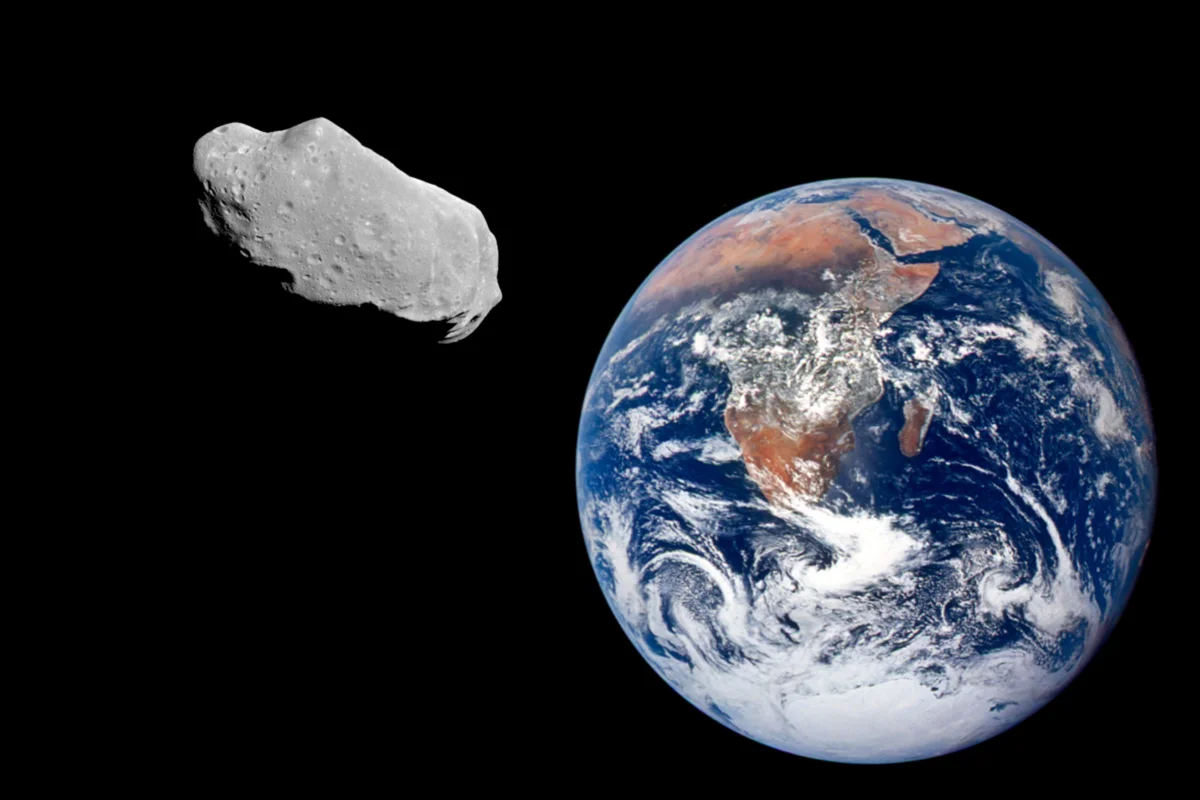Introduction
As humanity advances technologically, we must also be prepared to face the challenges that threaten our planet’s safety. One such challenge is the potential impact of asteroids. This article examines the risks posed by asteroids, the current methods of detection and tracking, and the proposed defence strategies that scientists and engineers are developing to safeguard our planet.
The Threat of Asteroids
Asteroids are remnants of the early solar system, composed primarily of rock and metal. They vary in size and can be as small as a few meters or as large as several kilometres in diameter. Although most asteroids orbit the sun in the asteroid belt between Mars and Jupiter, some occasionally intersect with Earth’s orbit, posing a potential threat to our planet.
The impact of an asteroid could cause massive destruction, depending on its size and composition. The most famous example is the Chicxulub impactor, which is believed to have caused the extinction of the dinosaurs around 65 million years ago.
Current Detection and Tracking Methods
Various agencies and organizations have developed detection and tracking systems in response to the potential danger posed by asteroids. These systems utilize ground-based telescopes, space-based observatories, and advanced algorithms to identify and monitor the movement of near-Earth objects (NEOs).
The most prominent example is NASA’s Near-Earth Object Observations (NEOO) program, which partners with several other institutions, including the European Space Agency (ESA), to track and catalogue NEOs. They aim to detect and predict any potential impact events, providing enough time for appropriate countermeasures.
Proposed Defense Strategies
Several defence strategies have been proposed to protect Earth from asteroid impacts. Here, we discuss four of the most promising options.
4.1 Kinetic Impact
One of the most straightforward approaches is the kinetic impact method. This involves launching a spacecraft to collide with the asteroid, altering its trajectory and pushing it off course. NASA’s Double Asteroid Redirection Test (DART) is a prime example of this technique, targeting the binary asteroid system Didymos in a test mission.
4.2 Gravity Tractor
The gravity tractor concept involves a spacecraft hovering near the asteroid, using its gravitational pull to change its path gradually. This method requires precise positioning and a long-term mission to ensure the necessary trajectory change.
4.3 Nuclear option
In extreme cases, where the size and speed of the asteroid pose an imminent threat, the use of nuclear weapons may be considered. A nuclear device could be detonated near the asteroid, vaporizing a portion of its surface and creating a thrust that alters its trajectory. This option is generally viewed as a last resort due to the potential consequences and the complex political implications surrounding the use of nuclear weapons in space.
4.4 Solar Sail Technology
Solar sail technology offers a more environmentally friendly approach to asteroid deflection. A solar sail spacecraft would attach itself to the asteroid and deploy a large, thin reflective membrane. The pressure exerted by sunlight on the sail would generate a small but continuous force, gradually altering the asteroid’s trajectory. This method is particularly suitable for more minor asteroids and requires a long lead time to be effective.
International Collaboration
Given the global implications of a potential asteroid impact, international collaboration is crucial in developing and implementing effective defence strategies. Several organizations and initiatives, such as the United Nations Committee on the Peaceful Uses of Outer Space (COPUOS) and the International Asteroid Warning Network (IAWN), have been established to facilitate cooperation and information sharing among nations.
Countries can pool resources, expertise, and technology to improve detection and tracking capabilities and develop a coordinated response to potential asteroid threats by working together.
Conclusion
Protecting Earth from asteroid impacts is a complex and challenging task requiring advanced technology, international cooperation, and innovative defence strategies. As we continue to advance our understanding of these celestial bodies and develop new methods to mitigate their potential risks, we can help ensure our planet’s and its inhabitants’ safety for generations to come.
